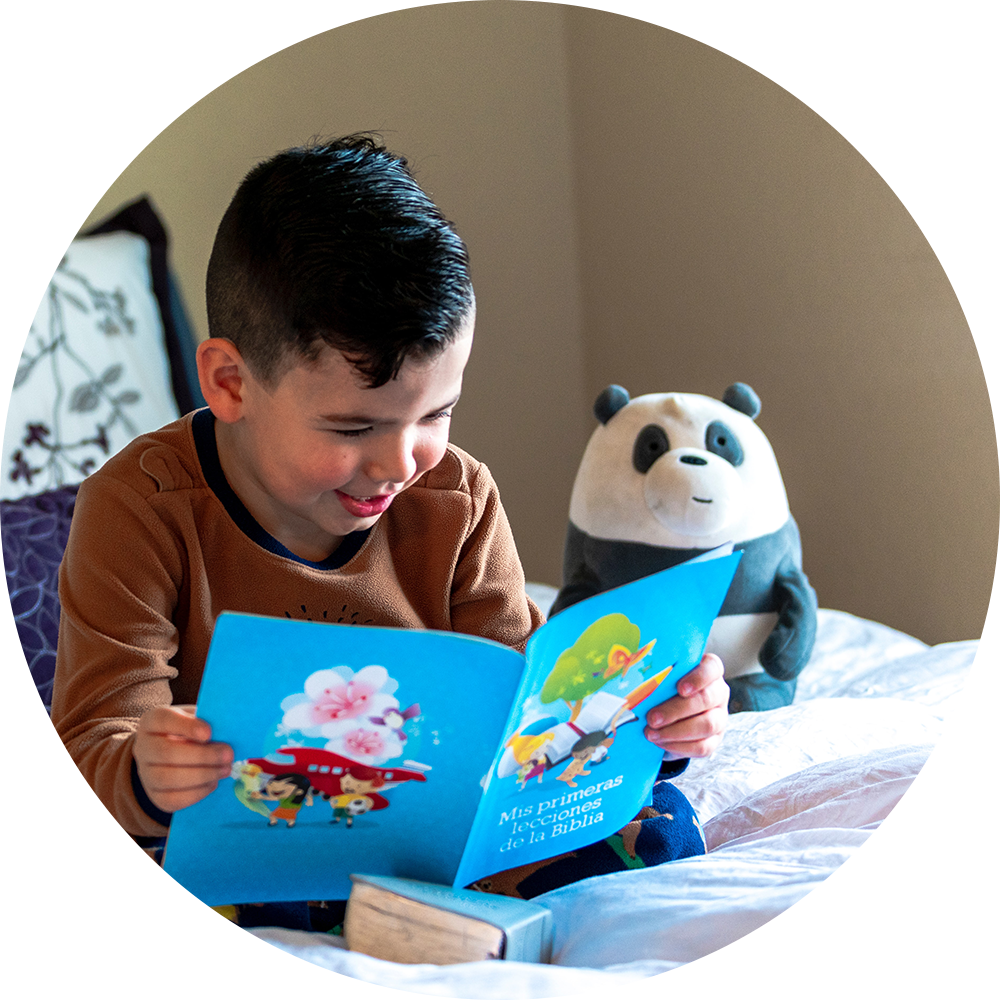Children struggle with reading because they struggle with spelling.
A practical solution is to simplify spelling for new learners. We can’t change traditional spelling, but we can simplify how children learn to spell.
Qikit is a consistent phonetic alphabet for learning. Because it’s consistent, children soon read and write intuitively. Phonics provides instruction for pronunciation when reading; and reliability for spelling when writing.
Once kids can read confidently, we will slowly introduce them to non-phonetic words. With fluent reading they will learn the meaning and pronunciation of traditional spellings and continue to enjoy reading.


